Should I polish vintage brass candlestick holders?
Marion06095
13 years ago
Featured Answer
Sort by:Oldest
Comments (24)
lindac
13 years agofranksmom_2010
13 years agoRelated Professionals
North Bergen Furniture & Accessories · Fair Lawn Furniture & Accessories · Garden City Interior Designers & Decorators · Arlington Painters · Bay Point Painters · Fort Lauderdale Painters · Greatwood Painters · Pikesville Painters · Poway Painters · Romulus Painters · Roseville Painters · Swampscott Painters · West Valley City Painters · Scottsdale Furniture & Accessories · Hoffman Estates Furniture & AccessoriesIdeefixe
13 years agotexasredhead
13 years agolindac
13 years agowindslam
13 years agolindac
13 years agojustlinda
13 years agolindac
13 years agowindslam
13 years agolindac
13 years agowindslam
13 years agolindac92
8 years agoIndependent Brand Labs
8 years agolindac92
8 years agoJUJU Gilbert
6 years agolindac92
6 years agoHU-408488161
5 years agoHU-408488161
5 years agogtcircus
5 years agoHelen
5 years agoBill Tinsley
3 years agoMike Brooks
3 years ago
Related Stories
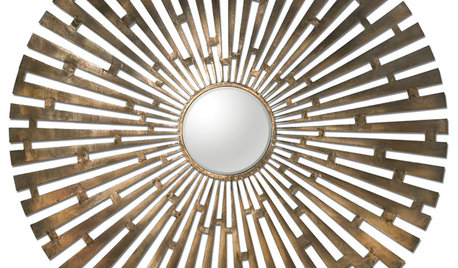
SHOP HOUZZHouzz Products: Luxuriate in New Looks for Warm Brass
Add the muted tones of vintage brass to your modern metal mix
Full Story
DECORATING GUIDESCan't-Beat Style: Candlestick Clusters
Create high decorating drama with the right mix of candleholders on table, sideboard, mantel and more
Full Story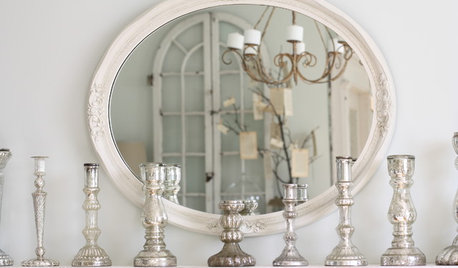
HOUSEKEEPINGThe Simple Way to Remove Wax From Candlesticks
Before you make a mess of things, read these easy steps for removing melted wax from your candlesticks
Full Story
REMODELING GUIDESRoom of the Day: Brass Warms a Brownstone Bathroom
Forget trends. This owner chose unlacquered brass and repurposed pieces for love alone
Full Story
COLLECTIONSFlea Market Find: Brass Creatures Warm Up the Room
Work some classic bling into your home with these 10 ideas
Full Story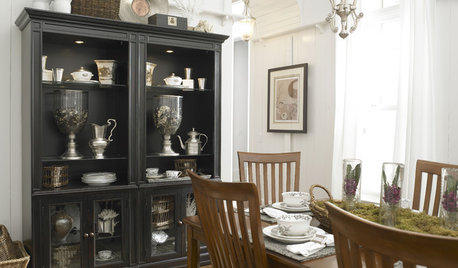
VINTAGE STYLEEvoke Old-World Romance With Vintage Silver
Use antique silver cups, candlesticks and pitchers to bring the romance of the past to your present-day home
Full Story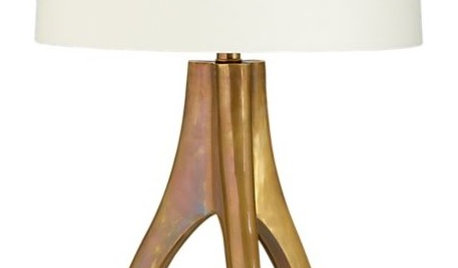
COLORGuest Picks: Brass is Back
The oft-maligned metal stages a stylish comeback with pieces for every taste and budget
Full Story
MATERIALSBrace for Brass: How This Warm Metal Can Boost Your Bathroom
See what to mix with this trendy alloy, how to keep it from showing water spots and more
Full Story
HOUSEKEEPINGHousekeeping 101: How to Clean Silver
Learn from a pro how to properly clean and care for your precious silverware
Full Story
BATHROOM DESIGNGive a Traditional Bathroom True Polish With Accessories
As lovely as they are practical, these bathroom accessories have a classic look but keep modern needs in mind
Full Story0







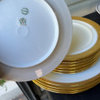



Independent Brand Labs